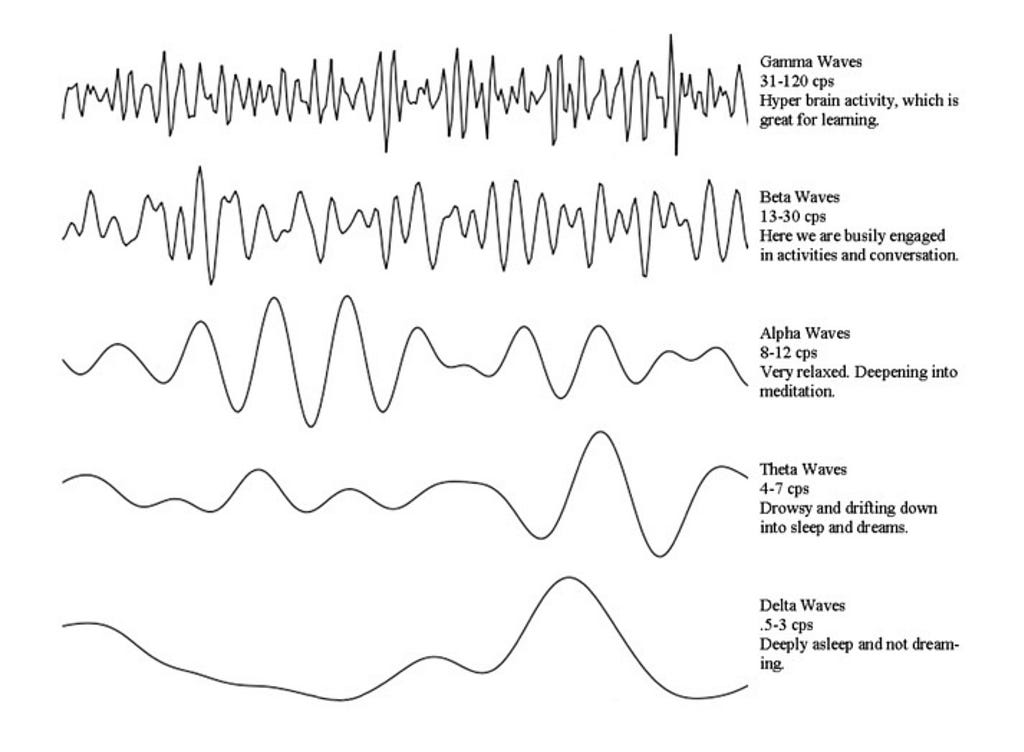
Augmented reality transforms the real world into a multi-dimensional extension of the digital. This blending of the two worlds can make the everyday suddenly extraordinary, and innovative companies are leveraging this new layer of reality to create experiments on the bleeding edge of science and technology.
1. Grow Trees in AR Using Your Brain
Neurosity, the neurotech company behind brain computing platform, Notion, integrated 8th Wall WebAR with Neurosity SDK to create an experiment that visualizes the depth of a meditative state. In this case, the subject is meditating and her brainwaves are being measured, triggering the WebAR activation of 3D trees sprouting from the ground.
High power in alpha brainwaves correlates with a deep meditation state. The deeper the meditative state she falls into, the farther the trees will grow in front of her.

The AR trees provide a creative way to instantly visualize the progress and depth of the subject’s meditative state in real time within a web browser. According to Neurosity, the entire project took only 45 minutes to complete using our Place Ground project template.
2. An Augmented Reality Game You Control With Your Face
Game development company Petricore created a prototype for an arcade game that is controlled entirely by the player’s mouth. Using 8th Wall’s Face Effects technology and PlayCanvas, Petricore’s prototype identifies points on a user’s face and head to track the playfield to. This is also how the game registers facial movements, including opening and closing of the mouth and controlling the flight of a rocket with your tongue, for instance.
Petricore’s innovative prototype offers a glimpse of how a user’s face and body movements can control a digital experience instead of relying on touch gestures alone, providing insight into increasing the accessibility of videogames and digital content for individuals with restricted mobility.
3. “Hands-On” Remote Training
Ukaton, a hardware start-up that builds programmable SmartShoe insoles, created a solution for users to receive remote assistance on how to assemble an insole. The remote training system combines the Croquetio collaboration platform with Leap Motion hand tracking, Speak Easy peer-to-peer communication, A-Frame and 8th Wall WebAR to create a seamless web-based learning environment.
Ukaton’s remote training system not only uses hand tracking to clearly demonstrate assembly instructions, it also includes speech transcription and voice spatialization. For remote working environments, this is about as hands-on as you can get!
4. Turn Yourself Into an AR Avatar
Los Angeles-based digital agency Pretty Big Monster created a web-based AR experiment that transforms users into Memoji-style puppets. Using 8th Wall’s Face Effects, Pretty Big Monster was able to identify landmarks on the face to track the head of a 3D avatars.
The end result is an expressive and realistic 3D emoji version of the individual that can be experienced and shared directly in a web browser.
To quickly kick-start your own web-based AR experiment, clone a sample project from the 8th Wall Project Library. Explore over 40 WebAR sample projects that include features such as Face Effects, World Tracking and Image Targets which can easily integrate with other external libraries and APIs.
Are you working on a WebAR experiment? Drop us a comment below or tweet us @the8thwall to show us! ??
4 Mind-Boggling WebAR Experiments That Push the Bounds of Physics and Tech was originally published in 8th Wall on Medium, where people are continuing the conversation by highlighting and responding to this story.

